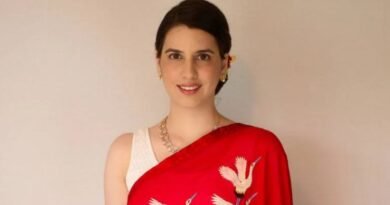HERITAGE LOST: The Parsee Cemetery
 The Parsees– one of India’s smallest minorities – have been worried about their dwindling numbers for decades.
The Parsees– one of India’s smallest minorities – have been worried about their dwindling numbers for decades.
During British Raj many rich business class Parsees migrated to Darjeeling.
Among them were the Dinshaws and Madans who owned hotels and Cinema Halls. Avari Saheb was an icon figure. Others were in medical profession namely Dr K.N Master.
My visit to the Parsee Cemetery, below Singtom Fatak in Singamari, gave me the opportunity to know more about the vanished community.
Sadly to say the condition of graveyard is very much unlooked and abandoned. The apartment for the dead body is used by drug addicts. The caretaker quarter is in dilapidated haunted condition. The pathways are full of wild bushes. The grave stones are destroyed only some are intact.
I appeal to the erstwhile Parsee families of Darjeeling to take notice of the same.
Please do contact District Magistrate or the Department concerned to appoint one full time caretaker to look after the Cemetery.
Due to limited space, I guess only Parsee people are buried on the grounds.
In Mumbai, where most Parsis live, the controversy over last rites has been of a slightly different nature. Orthodox Parsis believe in the tradition of putting their dead in Towers of Silence where, as per religious tradition, the bodies are left open for vultures to prey on. With vultures almost extinct in the subcontinent, reformists in Mumbai are increasingly opting for cremation or burial.
Reformists are also more open to the idea of inter-community marriages and do not oppose conversions to Zoroastrianism. The orthodox, on the other hand, do not welcome non-Parsi spouses of such marriages into their fire temples, even though inter-community marriages make up close to 40% of all weddings in the community. Besides, they only accept children of inter-faith marriages if their father is Parsi: if a Parsi woman marries outside the community, her children are not officially allowed into a fire temple or funeral room.
At the heart of the disagreement between the orthodox and the reformists is the debate between race and religion.
Many Indians assume that Parsis are synonymous with Zoroastrians. In fact, Zoroastrianism is a religion that has around two million followers around the world. The term “Parsi”, on the other hand, refers specifically to those Indian Zoroastrians who arrived in Gujarat around 1,200 years ago, fleeing persecution in Iran.
Today, there are just over 69,000 Parsis around the world. Reformists believe this is partly because of the community’s focus on maintaining racial purity.
Conservatives who are opposed to sharing burial space with non-Parsi husbands and wives of community members, the sanctity of their race is as important as the practice of their religion.
Parsees are very ethnic community and their heritage and ethnicity should not be diluted any further. Non-Parsi spouses are invited to other social events, but their funeral grounds, which were given by the government exclusively for the Parsis, would be de-sanctified if outsiders were allowed in.
Darjeeling Parsee population has no count.
The community didn’t included more people among the Parsis but I think radical changes should be made by the community to save the community. Such changes must come as decisions made by the community as a whole.
Reforms within the community is must to include more people.
But the orthodox think that by being exclusive, they will be able to survive and preserve their ethnicity. But the truth is that Parsee population is in decline, and unless a race is dynamic, it will die out.
Writes: Faiyaz Shafique Ansari





